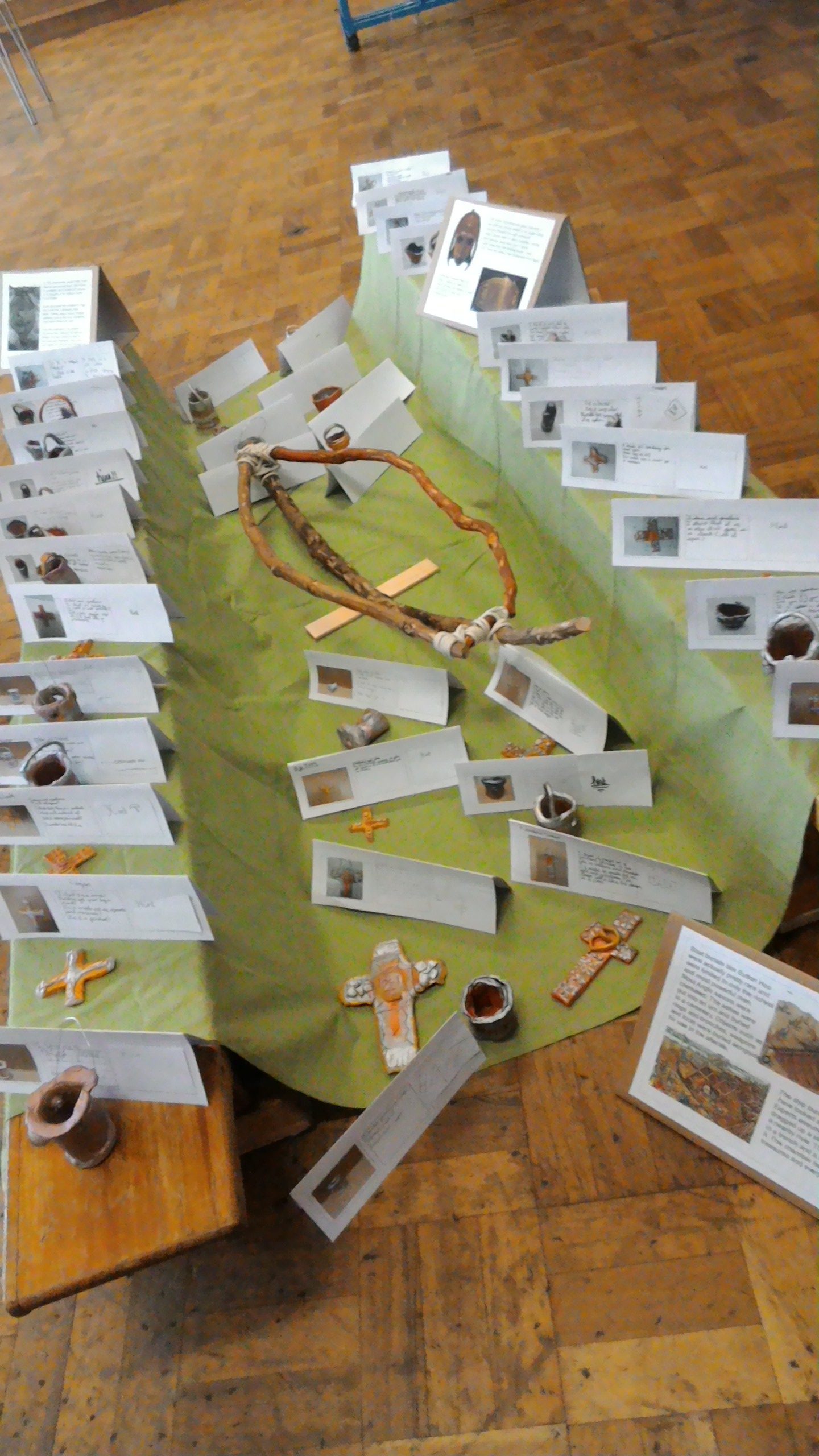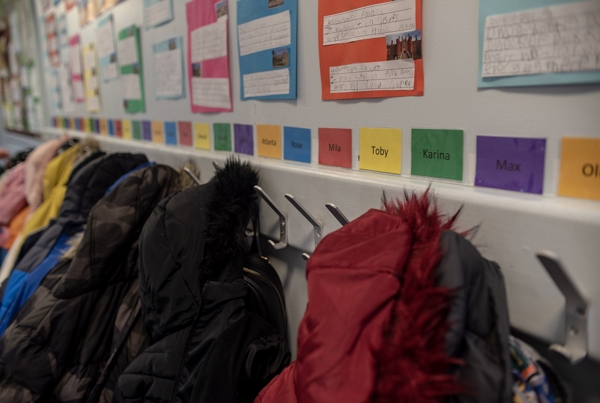Restorative Approach
We are very proud to be a showcase school for all our Restorative Approach work. You can see more about Restorative Approach in schools by visiting the Stockport’s Behaviour Support Service’s Restorative approaches website:
At Norris Bank, we use a Restorative Approach to behaviour and learning. A Restorative Approach brings those harmed by conflict, and those responsible for the harm, into communication, enabling everyone affected by a particular incident to play a part in repairing the harm and finding a positive way forward.
Restorative Approaches are based on the following:
- Responsibility – taking responsibility for your own actions
- Repair – develop skills within our school community so children and adults have the resources to identify solutions that repair wrong doings and make sure behaviours are not repeated
- Re-integration – working through a structured, supportive process that aims to solve the problem and allows children to remain in mainstream education and adults to be involved in school life
Restorative Approaches:
- Allow schools to become solution focused, concentrate on teaching, and keep young people in school where they can support them to change inappropriate behaviour in a way that is fair and safe for everyone
- Allow people to develop strong conflict resolution skills, learn about their own behaviour and its effect on others
- Encourage people to recognise harm caused and resolve their own conflicts in an appropriate and supportive way
How does it work…? What does it look like…?
Every day at Norris Bank we do some simple things to help build relationships, maintain them and repair them when things go wrong. Here are some examples of what we do:
- Check In and Check Out: Some classes have a check in and check out before lessons start or at the start of the week. Check in and out allows everyone to:
- Have their say
- A chance to speak
- Learn about other children, their lives and what they think about things
- Circles: Classes spend time together in a circle to do activities and learn from each other. Games and exercises are used to help develop emotional literacy, empathy and co-operation.
- Restorative Rules/Norms: At the beginning of each term we take some time to think about how to work best in class and make some rules about how we want to work and act.
- Restorative Language: You might notice that staff are using restorative language and they will ask you to do the same. Restorative language is calm, respectful and fair.
- Restorative Meeting: If something goes wrong at school your child may be asked to attend a restorative meeting. This is a way of sorting out conflict by getting everybody involved to discuss:
- What happened?
- What were you thinking when it happened?
- How are you now?
- Who else has been affected?
- What do you need to feel better?
- What needs to happen to put it right?
Why would I want a restorative meeting?
A meeting gives you lots of opportunities to talk, listen to others and be listened to in a non-judgemental way.
If you have been upset by someone, you can:
- Have your say
- Ask any questions – like “why me”?
- Explain what you think about what has happened
- Receive an apology
- Reassurance that the behaviour will not happen again
If you have upset someone, you can:
- Put things right
- Apologise
- Explain any misunderstandings
- Resolve any remaining resentment
- Time to work things out
- Work out how not to make the same mistake
Working in this way helps by:
- Providing safe environments and opportunities to discuss issues
- Encouraging appropriate behavioural changes
- Engaging people with dignity and respect
- Inviting people to talk about how they ‘think’ and ‘feel’
- Promoting learning and acceptance of responsibility
- Moving towards shared understanding
- Developing emotional intelligence through listening and acknowledging


